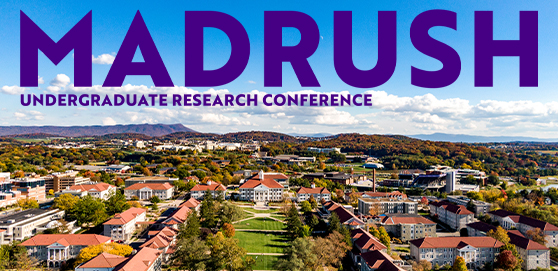Abstract
Deathlok #1-4 (July-Oct. 1990), produced by an African-American team lead by writer Dwayne McDuffie, features the first iteration of a black man, Michael Collins, being Deathlok, a character who had previously seen multiple rewrites through the lens of different white men. Along with the skin of the character changing, the tone of the comic changes to highlight the subservient, slave like, nature of Collins’ relationship to corporate America. While other research has correctly observed the prominent parallels to slavery in Collins relationship to corporate America after his transformation into the killing machine Deathlok, this paper asserts that Collins’ slavery and exploitation can be seen clearly even before he becomes Deathlok, and that the transformation merely physically manifests the problematic relationship between corporate America and black men as depicted in the comics opening. Through exploring Collins’ pre-Deathlok exploitation, this paper serves to point towards the real world realities faced by black men in successful corporate roles, and helps to show the real world tie-ins to Collins post-Deathlok enslavement.
“The Living Nightmare: Deathlok and African American Slavery in Contemporary Society”
Deathlok #1-4 (July-Oct. 1990), produced by an African-American team lead by writer Dwayne McDuffie, features the first iteration of a black man, Michael Collins, being Deathlok, a character who had previously seen multiple rewrites through the lens of different white men. Along with the skin of the character changing, the tone of the comic changes to highlight the subservient, slave like, nature of Collins’ relationship to corporate America. While other research has correctly observed the prominent parallels to slavery in Collins relationship to corporate America after his transformation into the killing machine Deathlok, this paper asserts that Collins’ slavery and exploitation can be seen clearly even before he becomes Deathlok, and that the transformation merely physically manifests the problematic relationship between corporate America and black men as depicted in the comics opening. Through exploring Collins’ pre-Deathlok exploitation, this paper serves to point towards the real world realities faced by black men in successful corporate roles, and helps to show the real world tie-ins to Collins post-Deathlok enslavement.



